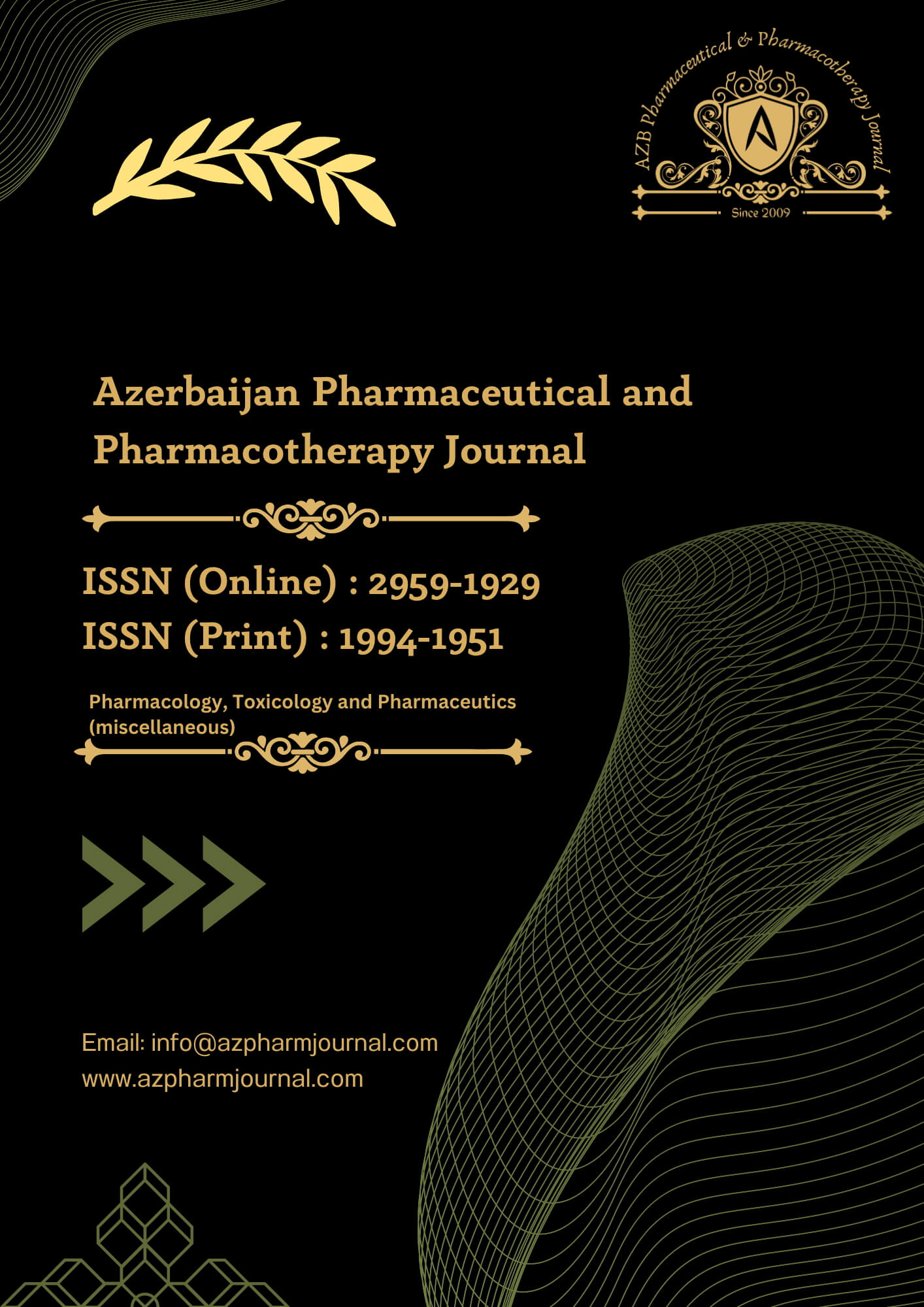A cross-sectional study was carried out at Indira Gandhi Institute of Medical Sciences, located in Patna, Bihar, India. The Institute Ethics Committee granted ethical approval. The study was conducted following the principles outlined in the Declaration of Helsinki standards. Consent was gained from the participants after providing them with relevant information.
Inclusion criteria: Healthy male and female undergraduate MBBS students between the age group of 18-25 years were included.
Exclusion criteria: The study excluded MBBS students who had a history of prolonged use of medicine for acute or chronic illnesses, a history of hypertension, those who had consumed tea or coffee or had a substantial breakfast, and those who had exercised within 30 minutes of blood pressure measurement.
Sample size calculation: The sample size was determined using a single population proportion with a power of 95% and a significance level of 5%, as suggested by Bisht RS et al., [29]. The calculation utilized G* power and determined a sample size of 138.
Study Procedure:
The participants' demographic data encompassed age, gender, sleep duration, family history of hypertension, presence of other medical conditions, smoking behavior, alcohol intake, level of physical activity, and medication usage. The individuals' sleep quality was assessed using the PSQI [30, 31]. The assessment comprises seven elements: • Subjective assessment of sleep quality; • Time taken to fall asleep; • Duration of sleep; • Regular sleep efficiency; • Disruptions during sleep; • Use of sleep-inducing medications; • Daytime impairment experienced in the past month. We assess each item on a scale from 0 to 3. We calculate the global PSQI score by summing the scores of the seven components, which results in a total score ranging from 0 to 21. A number below 5 indicates better sleep quality, whereas a score of 5 or more indicates poor sleep quality.
We assessed the subjects' weight, and height using the weighing scale and stadiometer tools. We measured the participants' weight when they were barefoot and wearing lightweight clothing. We measured the participants' height with a stadiometer while they were barefoot, their heels, hips, shoulders, and head in a neutral position. We computed the BMI by dividing the weight in kilograms by the square of the body height in meters (kg/m2). The Health Ministry and diabetes foundation of India established a body type categorization in 2015 to categorize the body mass index (BMI) of students. The categories included normal weight (18.5≤24.9), overweight (25≤29.9), moderately obese (30≤34.9), severely obese (35≤39.9), and very seriously obese (>40 kg/m2) [32,33].
Statistical Analysis: The collected data was organized into a table using Microsoft Excel 2019. Subsequently, the data was transferred to GraphPad version 8.4.3 for further statistical analysis. The frequency and proportion of sleep quality and BMI were examined using descriptive statistics. The link between BMI and sleep quality was determined using Karl Pearson's correlation coefficient. The researchers employed a chi-square test to examine the correlation between sleep quality and the demographic characteristics of the subjects.
